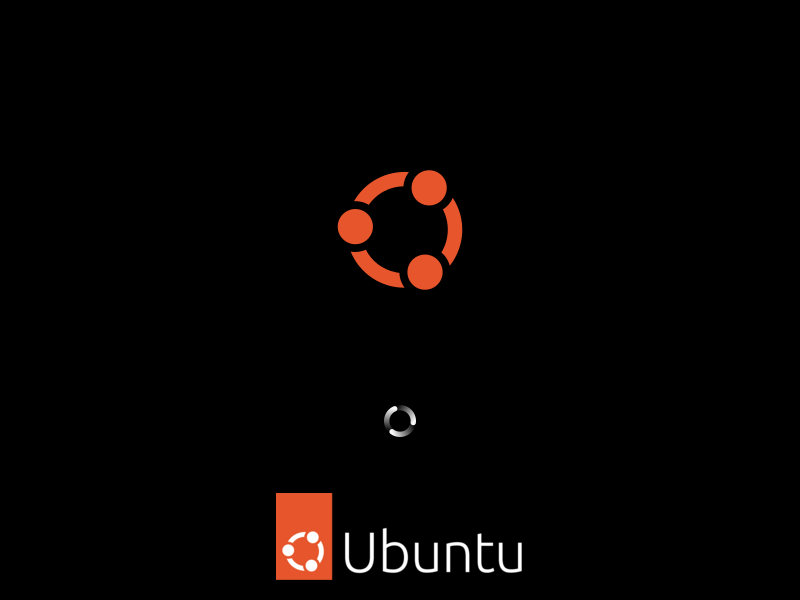- Posted on
- Featured Image
This guide provides step-by-step instructions on setting up and managing a DNS server using BIND on various Linux distributions. It covers installation, configuration, maintenance, and security practices including firewalls and DNSSEC to enhance DNS integrity. Ideal for IT professionals aiming to improve their DNS operations and network security.
